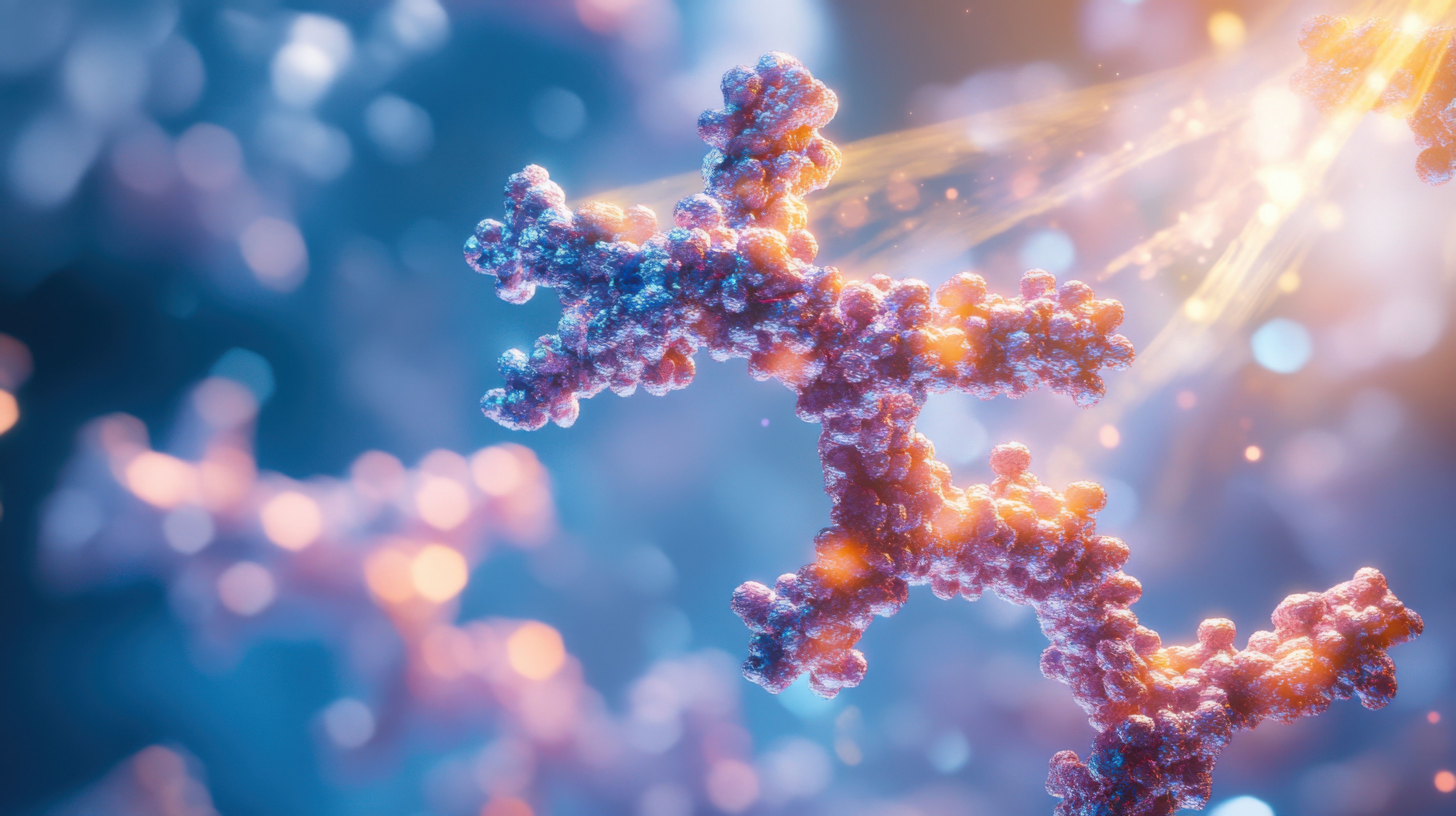New AI Model Accelerates Infrared Imaging for Protein Analysis, Study Reveals
A new study led by Ayanjeet Ghosh of the University of Alabama presents a transformative approach to analyzing infrared (IR) imaging data, with promising implications for neurodegenerative disease research.
Discrete frequency infrared (IR) imaging is a technique that allows scientists to visualize the chemical makeup of biological samples by focusing on specific frequencies (1,2). It has gained significant attention for its potential in biomedical science. In a recent study published in Applied Spectroscopy, lead investigator Ayanjeet Ghosh of the University of Alabama collaborated with researchers from his university as well as the University of Illinois Urbana-Champaign to develop and propose a new two-step regressive neural network (NN) model to improve the analysis of protein structures in tissue samples (1).
Discrete frequency IR imaging has been limited in being applied broadly because it is time-consuming (1). Another challenge is that using it for computational spectral analysis is expensive, especially when it is used to analyze tissue samples from patients with serious illnesses, such as Alzheimer’s and Parkinson’s disease (1). Traditionally, analyzing protein structures in tissue samples involves what’s known as Gaussian band fitting. This technique breaks down IR spectra to determine the relative presence of protein secondary structures (1).
Microscopic Protein Structure 3D Render, Molecular Biology, Science. Generated by AI. | Image Credit: © dominic - stock.adobe.com

However, performing this analysis on images that contain millions of pixels quickly becomes infeasible. The volume of data and the complexity of curve fitting demand significant processing time, making it impractical for widespread clinical or research use (1).
The new model proposed by Ghosh and his colleagues attempts to rectify these two major issues. According to Ghosh, the two-step regressive neural network model he developed with his team is designed to achieve the same insights as traditional spectral fitting at a fraction of the time and computational cost.
“Our two-step neural network is designed to perform two key steps necessary for the quantification of protein secondary structures from discrete frequency data,” Ghosh said to Spectroscopy. “It reconstructs the full spectra from seven wavenumbers, and it then predicts areas under the curve (AUCs) of underlying spectral components for structural quantification, which is typically done using band fitting.”
The researchers’ approach required data from just seven discrete wavenumbers rather than densely sampled spectral data. The model then performs an interpolation step to reconstruct the full spectral profile and predict the AUCs for protein components. Over the course of their study, they found that this process was found to be over 3,000 times faster than traditional spectral fitting (1).
Ghosh also discussed that their model does not rely on high-density spectral sampling. As a result, the data sets are smaller, more manageable, and less demanding in terms of storage and processing power. Importantly, the predictive accuracy of the model closely matched the results of traditional methods, meaning researchers can trust the insights generated by the neural network (1).
“To assess robustness under varying signal-to-noise (S/N) ratio conditions, the model’s performance was compared against traditional Gaussian fitting,” Ghosh said to Spectroscopy. “Across different S/N ratio levels, the model consistently outperformed Gaussian fitting, showing lower relative mean absolute error (MAE) and less degradation in predictive accuracy as noise increased.”
By significantly streamlining both data acquisition and interpretation, the work of Ghosh and his collaborators at The University of Alabama and the University of Illinois Urbana-Champaign indicates a potential way for biomedical researchers to approach protein structural analysis in complex biological samples.
Spectroscopy sat down with Ayanjeet Ghosh, as well as his coauthor Rohit Bhargava, to discuss their study more in-depth. Over the next week, we will release the three-part interview. In Part I, Ghosh and Bhargava will discuss their interest in using discrete frequency infrared (IR) imaging to analyze protein secondary structure. Part II will discuss how machine learning (ML) is used in data analysis and go into more detail about the model they developed in their study. Part III will see Ghosh and Bhargava discuss the key performance metrics they used to evaluate their model, and what the future of neurodegenerative disease research looks like.
We are looking forward to sharing their insights with all of you soon.
References
- Edmonds, H.; Mukherjee, S. S.; Holcombe, B.; et al. Quantification of Protein Secondary Structures from Discrete Frequency Infrared Images Using Machine Learning. Appl. Spectrosc. 2025, ASAP. DOI: 10.1177/00037028251325553
- Hughes, C.; Clemens, G., Bird, B.; et al. Introducing Discrete Frequency Infrared Technology for High-Throughput Biofluid Screening. Sci. Rep. 2016, 6, 20173. DOI: 10.1038/srep20173
How Spectroscopy and Science are Reshaping Gemology
May 13th 2025A historical and technical overview from the Gemological Institute of America (GIA) explores how advanced scientific instruments—particularly spectroscopic methods—have transformed gem identification. From refractometers to modern spectrophotometers, this deep dive highlights the evolving challenges and solutions in gem testing.
How Infrared Light Reveals the Truth About Gemstones
May 12th 2025New research from the Gemological Institute of America highlights the essential role of infrared spectroscopy in identifying gemstones, detecting treatments, and distinguishing natural from synthetic gems. The technique’s precision and non-destructive nature have made it an indispensable tool in modern gemology.
Using Spectroscopy to Understand Hawaii’s Hidden Geology
May 8th 2025Researchers from the University of Nevada, Reno, have conducted the most comprehensive subsurface analysis of Hawaiian shield basalts to date, using advanced spectroscopic and geochemical techniques to reveal short-lived hydrothermal alteration processes and establish a new foundation for future volcanic and geothermal studies.